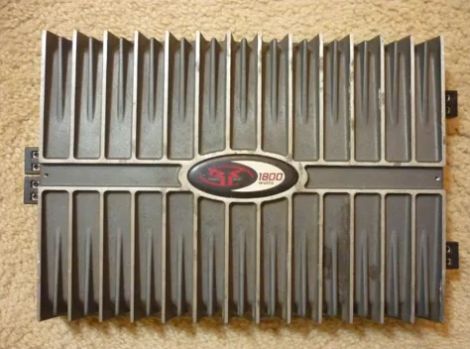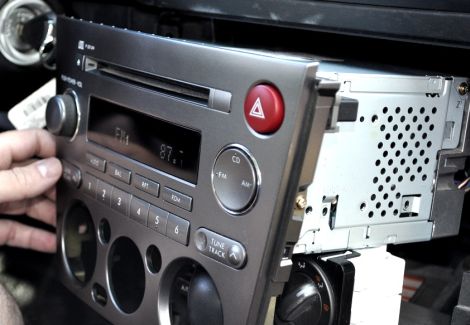
[Simon] had a Rockford Fosgate Punch 601s amplifier in his car, and while it was a great piece of equipment, he wanted a little more power behind his stereo system. It turns out that with just a handful of parts and a bit of soldering work, he was able to increase his amplifier’s output by 200 watts, putting it on par with a Punch 801s.
The main board in each amp is laid out identically, making the conversion a relatively easy process. A handful of MOSFETs need to be added, along with some resistors and capacitors. Most of the work can be done with a decent soldering iron, though you might want a hot air reflow station to handle the smaller resistors – it all depends on your skill set.
We’re really not sure how big the price difference is between the two amps, but we’re pretty certain that the conversion would be worth it. [Simon] sells conversion kits on his web site for under $60, but you may be able to find the parts for a bit less if you hunt around.















